Up front we just received the good news from Canada. In the federal election we finally got rid of the Conservative Government of Stephen Harper – it is about time. Canada you did well even without our support. The Harper government was the most non- democratic democratically elected government we had for a long time. Say good bye to control freak Stephen Harper.
Last Sunday we left Quito with a bus to Lago Agrio and left the bikes at Hostal Zentrum. We had booked a five day/four nights stay at a rain forest lodge in the Amazon basin. After 7 hours bus ride we reached Lago Agrio at 7 AM Monday morning, got a breakfast at a local hotel (which was included in the tour) and got picked up by another bus to get us to the river. After two more hours we reached Cuyabeno Wildlife Reserve. A river boat and staff from Samona Lodge were waiting for us and got us to the lodge after a two hour ride in the river boat.
The Cuyabeno Wildlife Reserve is an important nature reserve in Amazonia with rather unique ecological characteristics. Located at the foothills of the Andes, it is different from any other Amazon protected area in the world.
All large amazon mammals are present: the lowland tapirs, two species of deer, all Amazon cats, including jaguars and pumas, capibaras, two species of dolphins, manatees, both otter species, giant otter and neotropical otter, etc. Monkeys are represented by 10 species, while rodents and bats are represented by dozens of species.
The current number of registered bird species is under debate, some claiming 530 species while others suggest that more than 580 species have been observed, but nobody is known to keep sound records. At the peak of the wet season, thousands of hectares of forest become inundated, forming an El Dorado for an estimated number 350 fish species, two species of caymen, boa constrictors and anacondas, while countless frogs and toads sing their never-ending concerts.
The river system covers the rivers Aguarico, San Miguel and Cuyabeno along with their tributaries. Amongst the Cuyabeno, there is a system of about 14 dark-water lakes. In the rainforest of the Amazon of Ecuador, it is difficult to speak of a rainy season, but a dryer season runs from somewhere mid-December to the end of the middle of March, but the beginning and the end of the dry season varies considerable. The climate corresponds to a wet tropical forest, with precipitation of about 3000 mm per year, and humidity ranging from 85% to 95%. The annual temperature oscillates around 25 °C.
On those first two hours to the lodge we already saw four species of monkeys and pink river Dolphins in the inundated forest during high water, as they follow the fishes. It was the dry season and a week earlier the water levels were low but lucky for us it had rained for five days before we arrived so the water levels were high and during our stay we enjoyed nice weather with no rain.
The following four days we shared with about 15 guests and two guides. Our english speaking guide was Fabricio who was amazing. He had an incredible knowledge of the biology of the area and was great at spotting wildlife. So every day we either went for a day hike or night walk or cruised the rivers to look for more wildlife. The evening was usually rounded up by a nice swim in the Laguna Grande and watching the sun set away from predators like the Anaconda and the Caimans that can get to a size of up to 6 meters (Yikes).
One day we spent at an indigenous village of the Sionas to learn about their way of life and the great traditions of Shamans who have great wisdom and knowledge about plants and their healing powers. We saw how locals harvest Yucca and process them to make delicious flat bread.
Overall this experience was amazing and the biodiversity was incredible. We saw eight species of monkeys, the pink riverr dolphins, a caiman, an anaconda, a boa constrictor, tropical rat, tarantula and other spiders, frogs and toads, many species of birds and plants.
Cheers, Heinz

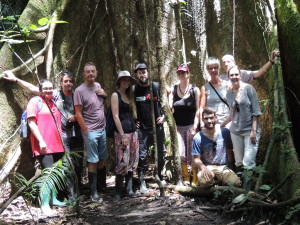
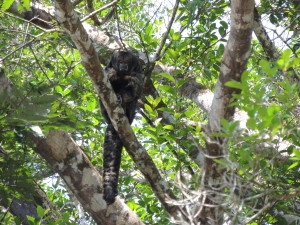
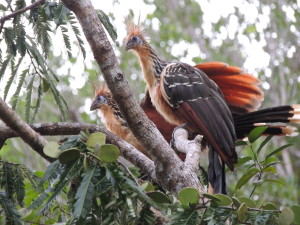
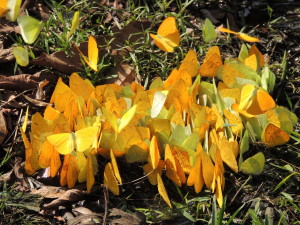
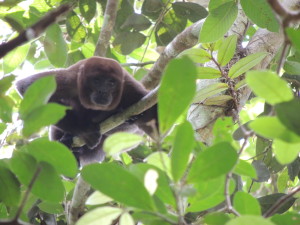
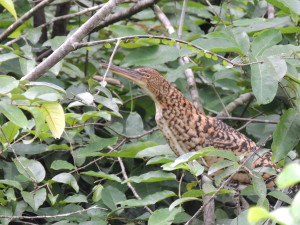
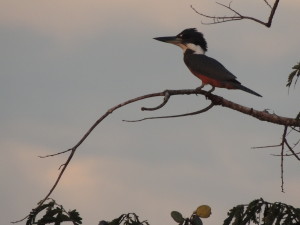
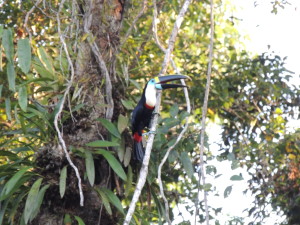
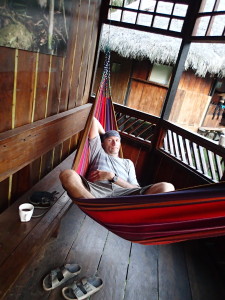
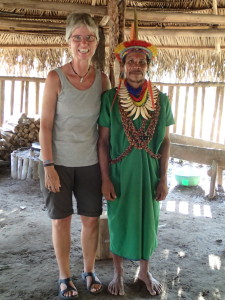
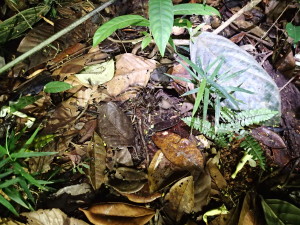
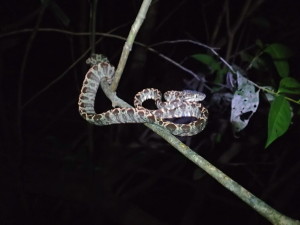
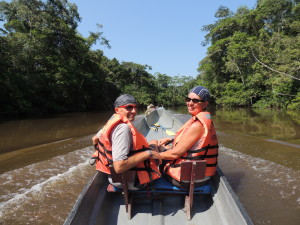
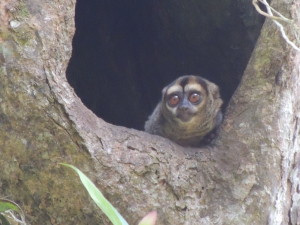
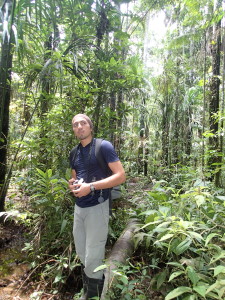
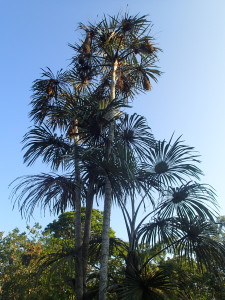
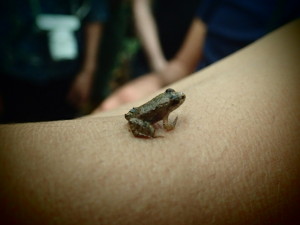
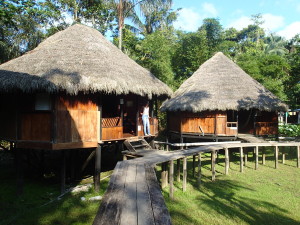
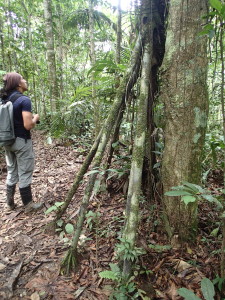
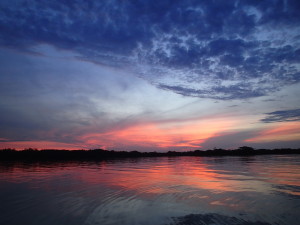
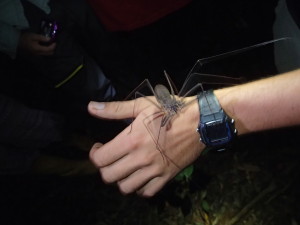
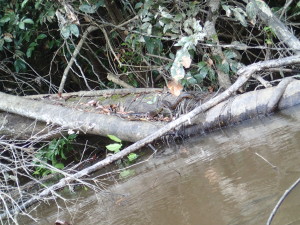
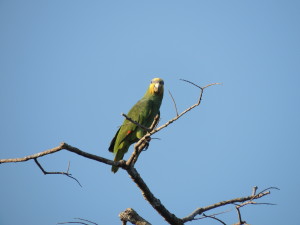
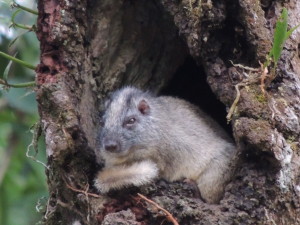
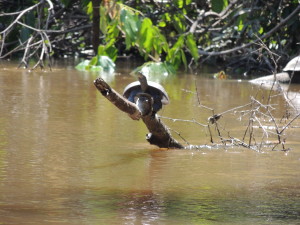
Hi Friends,
had a look at your blogg today. And as we told you – it will just be better and better! And you have not been down to Peru & Bolivia yet – lucky guys – the big sights over the Andees – wow! …
We are back in Sweden since 6 weeks. Drove up to Prodhoe Bay in Alaska and crossed Canada to Newfoundland and ended in Halifax from were we shipped home.
Continue to have fun – we long back 🙁
Inge & Britt
Well, hello,
nice to hear from you. You must have had a nice trip,too! We are still having a great time, although at times we almost feel overwhelmed by so many different impressions of places, people, areas… that it is nice to stay somewhere for a couple of days and just relax and do nothing.
We meet so many nice people ( just had supper with a couple: he’s from Wales, she is from Korea!)
So hopefully you will continue to be busy at home so you don’t miss the traveling1
Cheers and big hugs to you both from
Heinz and Feli